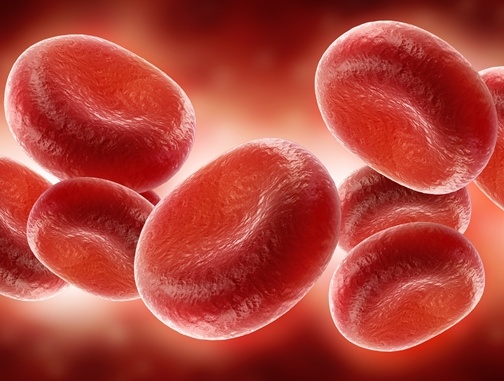
Researchers have discovered why the differentiation of pluripotent stem cells created in laboratories can sometimes lead to cells with damaged DNA. The good news is that a simple modification to the stem cell culture used may fix the problem, leading to safer stem cells.
Scientists in the field of regenerative medicine hope to use stem cells to repair and regenerate tissue throughout the body. By doing so, they may be able to treat conditions including heart disease, diabetes and Alzheimer’s disease. Regenerative medicine research could lead to dozens or hundreds of treatments for degenerative conditions which currently have no cure.
Regenerative medicine focuses on using pluripotent and multipotent stem cells, which are capable of differentiating (dividing) into various types of cells. In 2006, a Japanese scientist named Shinya Yamanaka managed to create pluripotent cells in a laboratory — a huge breakthrough which was important for regenerative medicine.
These laboratory-created pluripotent cells are known as Induced Pluripotent Stem Cells (iPSCs). The only problem with the procedure was that some of the stem cells exhibited damaged DNA when they differentiated.
If cells have damaged DNA, they cannot be used in a transplant because of safety concerns. The new research found that the DNA damage is caused by a very specific kind of stress that the stem cells are subjected to during cell reprogramming. This stress occurs when cells speed up their rate of division. Researchers believe that by reducing the amount of stress the cells are undergoing, they may remove the risk of DNA damage.
The damaged DNA created by iPSCs have been the subject of a great deal of research in recent years. Now that safer stem cells can be produced by reducing cellular stress, it will open up many possibilities in regenerative medicine.
Source: Generating Potentially Safer Stem Cells in the Laboratory
{{cta(‘3fe0aac7-7562-46dc-b8b9-c706d9cfd6b1’)}}
{{cta(‘fec594e9-5433-4350-9180-2bdd371eb399’)}}


